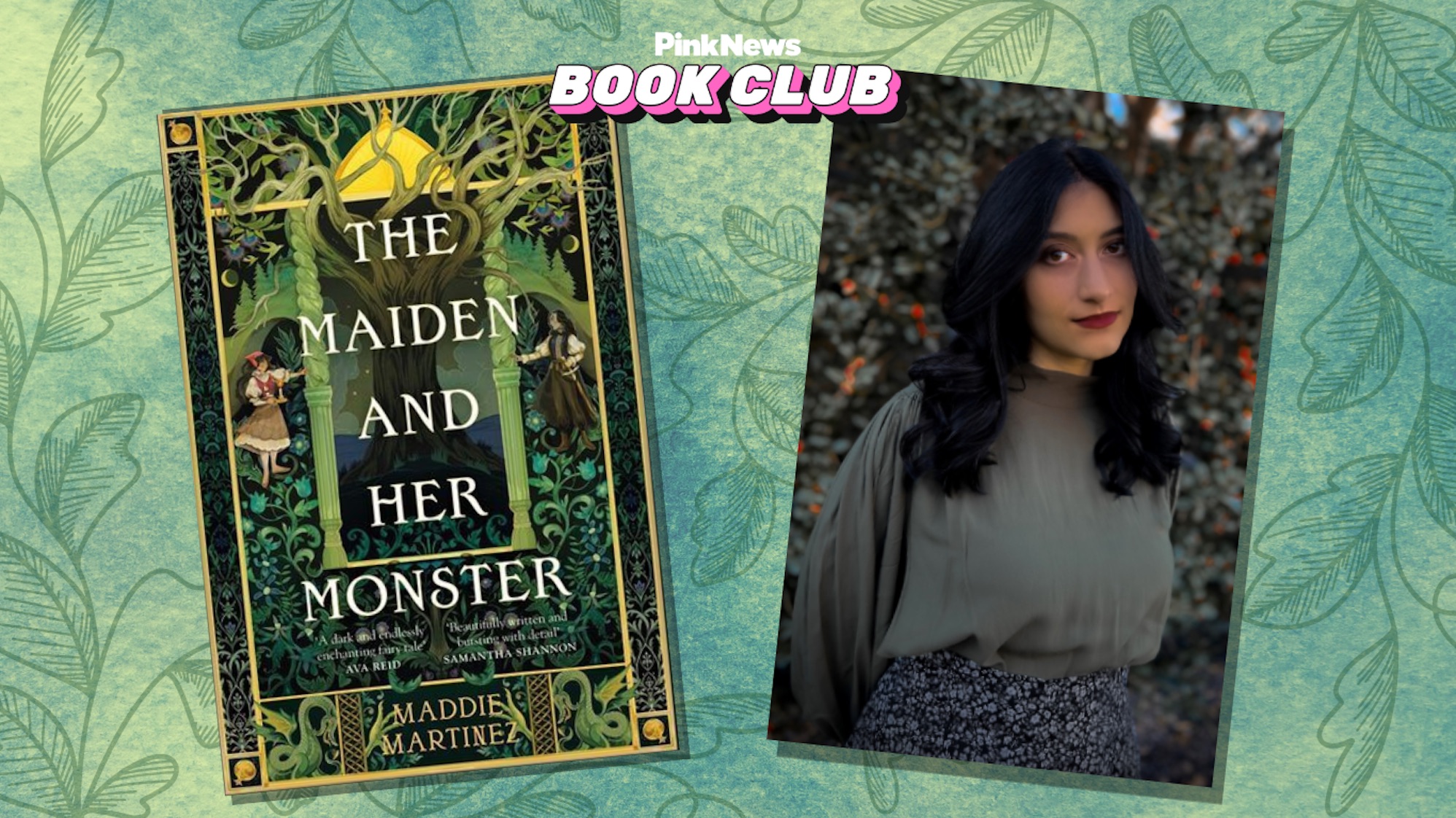
"I really loved the questions that it asked about violence and protection, and what it means to be able to protect someone at the cost of violence. It also offered a lot of interesting perspectives on what it means to be a monster and what we make of monsters. So, I had a really great time taking the historically-inspired setting of this myth and integrating it with all these questions that are really interesting to me, especially [using] a fantasy lens."
"The gendered nature of Golems is really interesting, and I highly recommend anybody who's interested to look into it because it's so broad. But I do feel like the more popular re-imaginings or myths that are more in the cultural zeitgeist are with masculine Golems. There [is] a rise in different Golem representations, which is really exciting. So I'm excited to contribute to that."
"I think I was just interested in seeing a woman figure in this role. One, because I really wanted to write a sapphic 'monster in the woods' story. I [also] found it interesting to tackle these ideas of violence and weaponisation through the lens of a woman character. Especially in a world where it's still very patriarchal."
A reimagined Golem myth probes the relationship between violence and protection, questioning what justifies harming others to keep someone safe. The narrative centers on a female Golem, Nimra, to examine how gender shapes concepts of weaponization and monstrousness. Sapphic longing and a 'monster in the woods' motif frame intimate desire alongside danger and guardianship. The setting draws from late medieval Prague to ground supernatural elements in historical context. The work interrogates patriarchal structures by portraying a woman's use of force and agency. The story blends mythic and fantasy elements to complicate binaries of protector versus monster.
Read at PinkNews | Latest lesbian, gay, bi and trans news | LGBTQ+ news
Unable to calculate read time
Collection
[
|
...
]